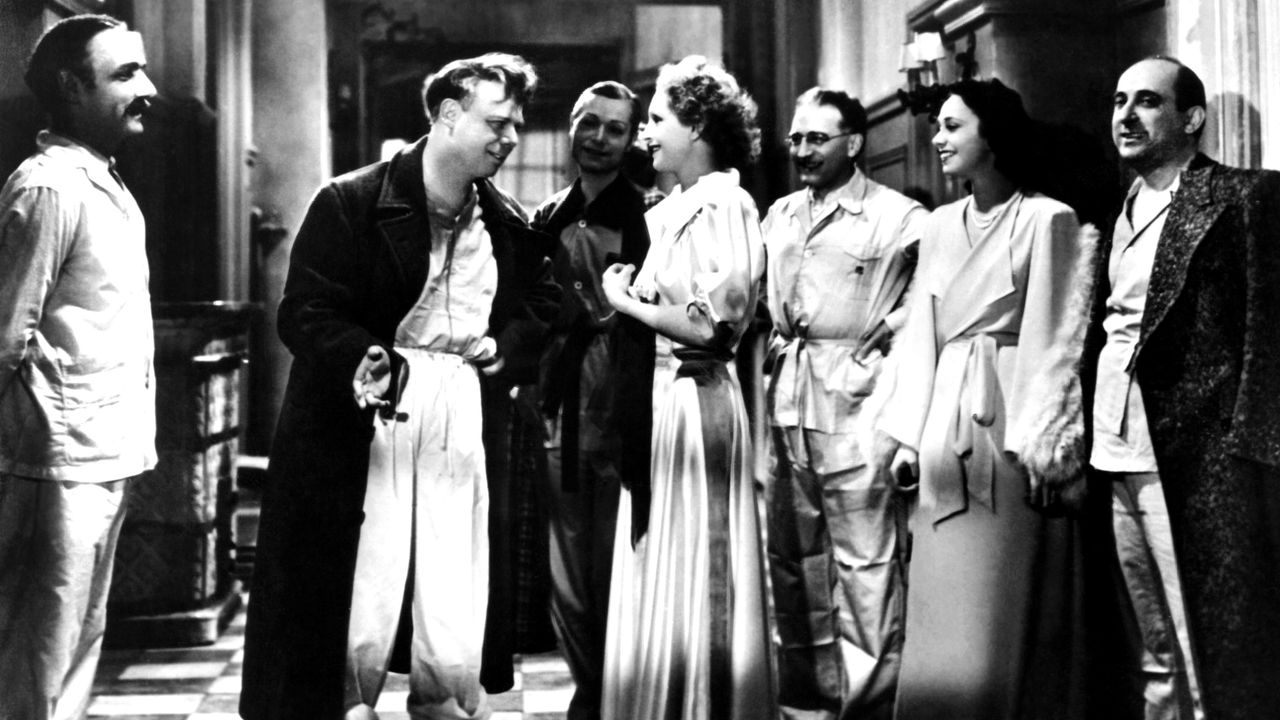The 1939 cinematic masterpiece, “The Rules of the Game” by Jean Renoir, continues to resonate as a profound social satire, offering a trenchant critique of French society on the precipice of global conflict. This enduring classic French cinema work transcends its era, revealing universal truths about human nature, class dynamics, and the delicate facade of civility. Its brilliance lies not only in its narrative complexity but also in its audacious political allegory, which was deeply unsettling upon its initial release and remains powerfully relevant today.
Renoir ingeniously draws parallels between his film and Mozart’s operatic triumph, “The Marriage of Figaro,” creating a symbiotic relationship that enhances both works. Like Mozart’s adaptation of Beaumarchais, “The Rules of the Game” meticulously unfurls a web of romantic entanglements and elaborate deceptions across social strata, from the elite aristocracy to their diligent staff. This intricate dance of veiled truths and explosive revelations culminates in a societal unraveling that exposes the inherent hypocrisy and moral decay within the privileged classes.
At its core, Renoir’s film serves as a searing political allegory, a prescient vision of France’s moral decline just months before the Second World War. It portrays a society consumed by frivolous pursuits, quietly condoning depravity to safeguard its entrenched privileges. This depiction of moral complicity among both the aristocratic and bourgeois classes highlights a profound internal rot, foreshadowing the authoritarian menace that would soon engulf the nation and exposing the vulnerabilities of a nation unwilling to confront its foundational falsehoods.
The film’s challenging political commentary led to a notably contentious release history, which underscores its revolutionary spirit. Initially released in July 1939, “The Rules of the Game” faced harsh criticism and poor box-office performance, prompting Renoir to cut portions of the film. Tragically, the original negative was destroyed during Allied bombings, making its 1959 reconstruction, in which Renoir participated, a monumental act of film restoration that allowed future generations to experience its original vision and enduring power.
Unlike many celebrated films often lauded for formal innovation, “The Rules of the Game” distinguishes itself through its radical political stance and insolent ironies. Its true revolutionary force lies in its courageous critique of power, class, and societal norms, echoing the indignant spirit of “The Marriage of Figaro.” This political audacity, rather than mere technical prowess, cemented its status as a timeless masterpiece, influencing generations of filmmakers and continuing to provoke thought and discussion regarding social responsibility.
Renoir, himself the son of renowned artist Pierre-Auguste Renoir, possessed an intimate, almost documentary-like understanding of the French beau monde he meticulously depicted. Though not fully part of this elite circle, his privileged access granted him a unique perspective on its inherent ugliness and self-deception, long before the looming specter of war became apparent. This personal insight allowed him to portray his characters’ reckless frivolity and conspiratorial mores with unparalleled authenticity and critical precision, making the film’s social satire particularly potent.
Beyond its political depth, “The Rules of the Game” is a masterclass in cinematic artistry, boasting some of the most incisive and aphoristic dialogue ever written for the screen. Lines such as “The awful thing in this life is this: everyone has their reasons” resonate with profound wisdom. The cast, under Renoir’s masterful direction, delivers performances imbued with a spontaneous, almost musical quality, their nuanced gestures and expressive inflections filling the screen with lyrical power, contributing significantly to the film’s enduring aesthetic perfection.
The character of Octave, often seen as a semi-autobiographical figure for Renoir, serves as a crucial lens through which the film’s themes of responsibility and complicity are explored. His seemingly offhanded actions often drive the plot, yet they conceal a self-critical awareness and guilt that are conspicuously absent in his privileged circle. This nuanced portrayal contributed to the film’s initial commercial failure but ultimately ensured its lasting legacy, cementing “The Rules of the Game” as an essential piece of classic French cinema and a foundational work of political cinema.






Leave a Reply